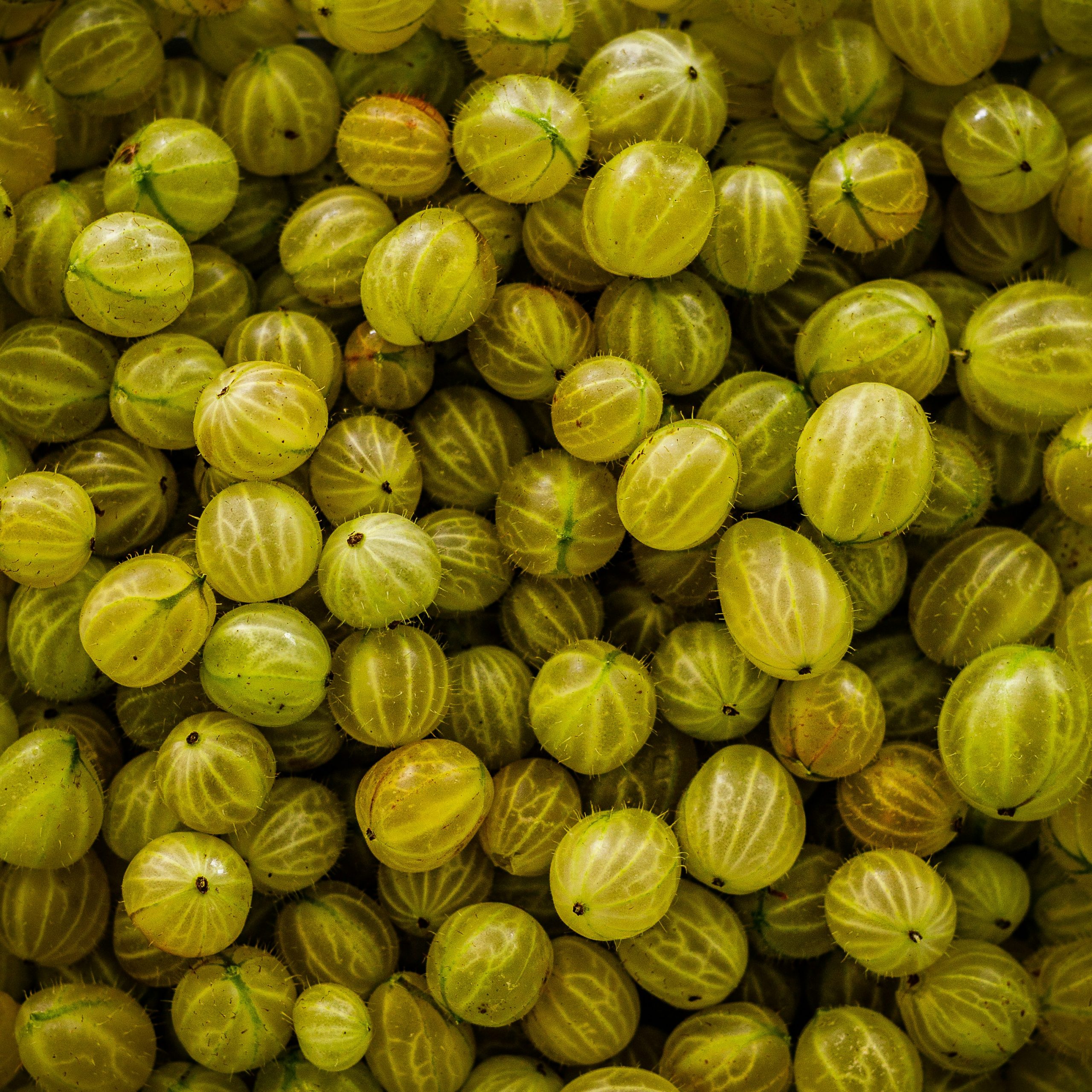Tasting Terroir
My scientific credentials are embarrassing. I struggled to get a C grade in Physics with Chemistry O Level in my teens. By dint of rote learning and conversations with winemakers, not to mention a thrilling, all-day visit to a bottling plant, I managed to bluff my way through paper two of the Master of Wine […]

My scientific credentials are embarrassing. I struggled to get a C grade in Physics with Chemistry O Level in my teens. By dint of rote learning and conversations with winemakers, not to mention a thrilling, all-day visit to a bottling plant, I managed to bluff my way through paper two of the Master of Wine exam about the production of wine. I have a half-arsed understanding of things like pH, sulphites and oxidation, some of the building blocks of wine analysis. Where geology is concerned, I know the difference between sedimentary, igneous and metamorphic rocks. But that’s about it.
So, when Viña Ventisquero suggested I’d be the ideal person to chair a tasting about Chilean terroir in London, I was initially hesitant. But why not, I thought? It will give me the chance to read some books and scientific papers. More importantly, it will challenge me to structure my own ideas about terroir and put them to the test in a blind tasting.
It was my idea to invite Alex Maltman, emeritus professor of Earth Sciences at Aberystwyth University and author of Vineyards, Rocks, and Soils: The Wine Lover’s Guide to Geology, to join the panel. I’ve done a podcast with Alex, and I know him to be experienced, intelligent, persuasive and very sure of his, er, ground. His distilled position is that “you can’t taste vineyard geology in wine”. He has no time for words like “slatey”, “flinty”, “earthy” and “chalky”, let alone “minerality”.
I use terms like this all the time in my tasting notes. They mean something to me and, I hope, to my readers. I sniff and spit more than 10,000 wines a year and, where possible, I like to have an idea of their precise origin when I’m tasting them. Soil is only a part of terroir of course – alongside things like climate, vintage conditions (weather), geology, history/tradition and the human factor – but it’s an important part.
For a start, soil contains nutrients like calcium, magnesium, potassium and sodium that are vital nutrients for grapevines. Its pH is important too, often being inversely related to the pH of the finished wine. So are things like root penetration and water retention, especially given the spectre of climate change.
It’s self-evident that some vineyards – what the winemaker Australian Brian Croser calls “distinguished sites” – are better than others. The Burgundian pyramid of Grands and Premiers Crus, Village and regional wines is based on it. But how do those sites affect the aromas and flavours of wine? A Musigny tastes different from a Chambertin – or should do. But why? Even Burgundians don’t really know.
The more I read about the subject, the more complex it became. “The science is still being explored”, a paper on “Why Limestone Matters for Wine Grape Growing” on Tablas Creek’s excellent website reassured me. I was intrigued to discover that discussions about what we call terroir have been going on for centuries. Back in 1825, none other than James Busby, the father of the Australian wine industry, asserted that “the sandy soils will, in general, produce a delicate wine, the calcareous soil a spiritous wine and the decomposed granite a brisk wine”.
More recently, the syllabus for a degree in geo-sensorial tasting run by the Geology Department of the University of Strasbourg, describes granite wines as “vertical, sharp and chiselled”, limestone wines as “horizontal, angular and powdery” and clay wines as “broad, rounded, thick and smooth”.
Do any of these descriptions resonate with you? Some, but not all, do with me, especially from the Alsace list. I think wines grown on granite, limestone and clay often “taste” different. It’s as much about structure, as it is actual flavours. I’m generalising, I concede, but clay-based wines envelop my palate; limestone wines are mouth-watering; granite ones denser and more grippy, for want of a better word. Could I identify them blind? Up to a point, but not consistently enough to satisfy a scientific panel.
He couldn’t attend the tasting – no doubt he was up to his ears in a soil pit – but Pedro Parra, the Chilean author of Terroir Footprints, explained his position to me by phone. For someone with a PhD in the subject from one of the best academic institutions in France, he’s surprisingly open-minded. “It’s intellectually complicated, but sensorially obvious,” he told me. “Minerality exists but you need to have the tasting experience to identify it. The best machine is your palate.” Maybe that O level was all I needed after all.
Originally published in Harpers













